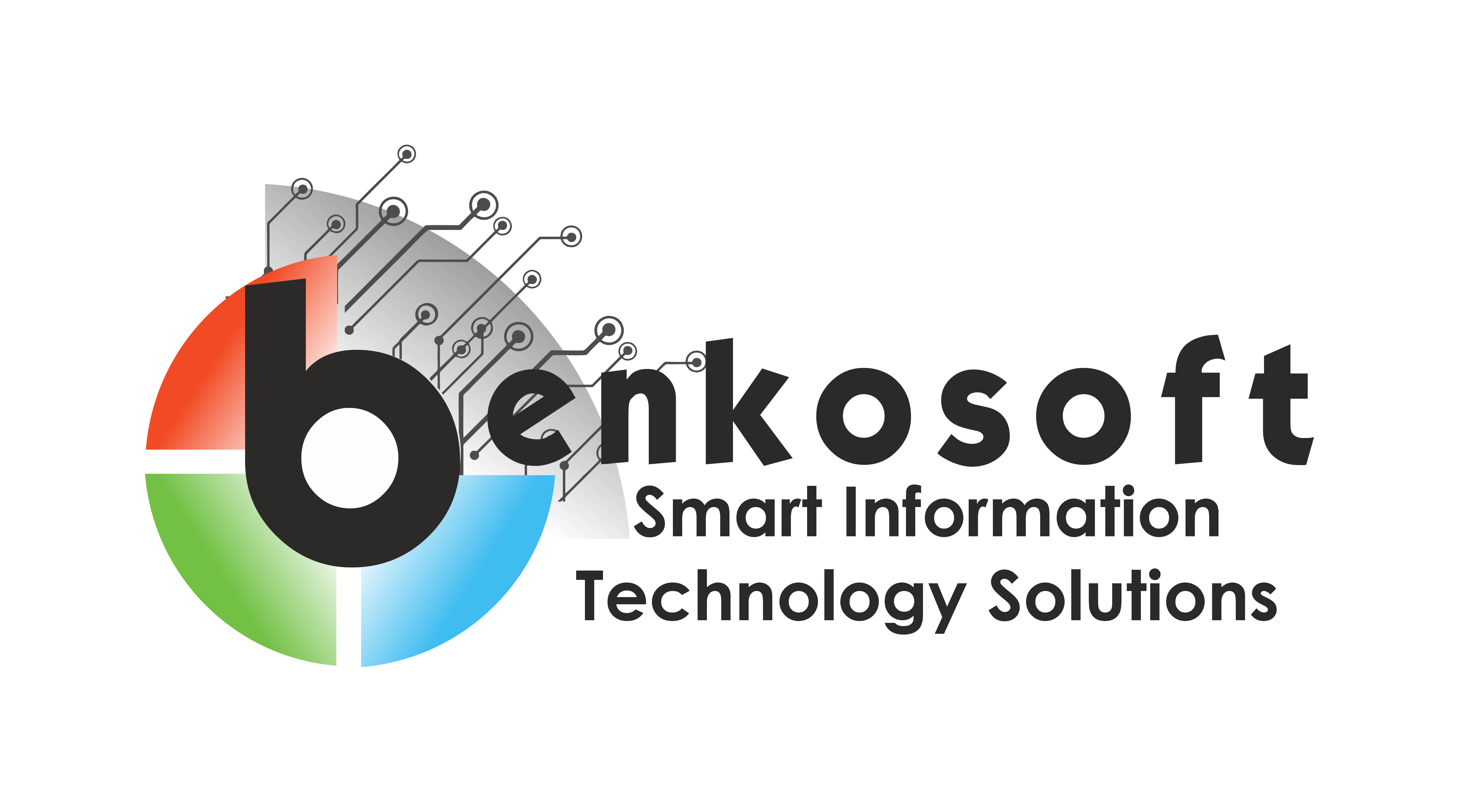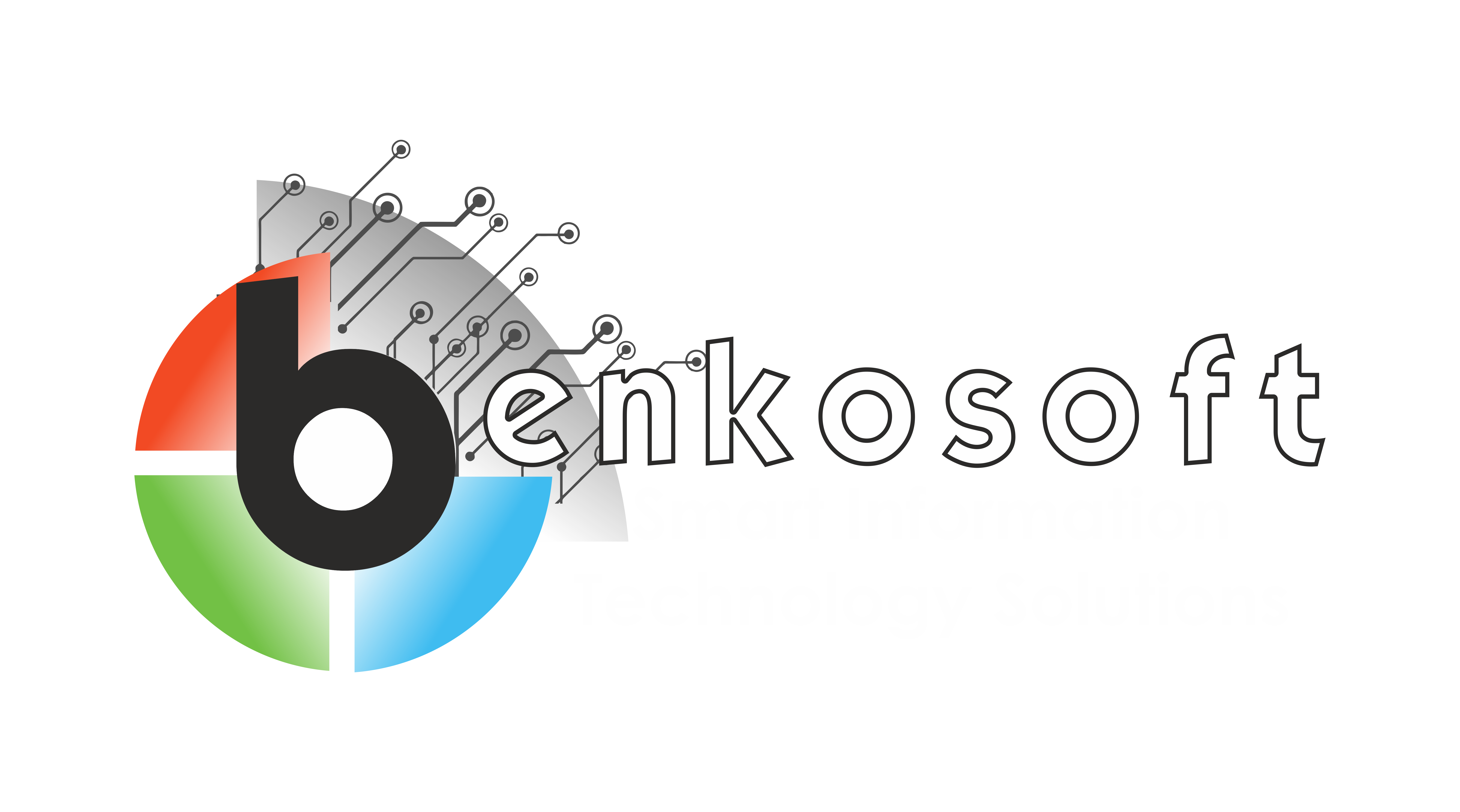Technologies
Paradox
Paradox is a relational database management system (RDBMS) that was originally developed by Borland in the late 1980s. It was designed to be easy to use and understand, making it popular among small businesses and individual users. Paradox was known for its visual query builder, report writer, and application development tools, which made it a versatile solution for managing and analyzing data.
One of the key features of Paradox was its integration with Borland’s Delphi programming language, which allowed developers to build custom applications that could directly access and manipulate Paradox databases. This made it easy to create database-driven applications with rich user interfaces and advanced functionality.
Paradox used the .DB file format to store data, which consisted of tables, indexes, and memo fields. Tables in Paradox could be linked together through relationships, allowing for complex data models to be created. Paradox also supported triggers, stored procedures, and user-defined functions, which added to its flexibility and power as a database management system.
Despite its popularity, Paradox began to decline in usage in the late 1990s and early 2000s as other database management systems, such as Microsoft Access and MySQL, gained popularity. Borland eventually discontinued Paradox in the early 2000s, and support for the product was officially ended in 2008.
However, there are still some users and businesses that continue to use Paradox for legacy applications and systems. In these cases, third-party tools and utilities are often used to maintain and manage Paradox databases, as official support for the product is no longer available.
Overall, Paradox was a popular and influential RDBMS that played a significant role in the history of database management systems. Its ease of use, integration with programming languages, and powerful features made it a versatile solution for managing and analyzing data, particularly for small businesses and individual users.

